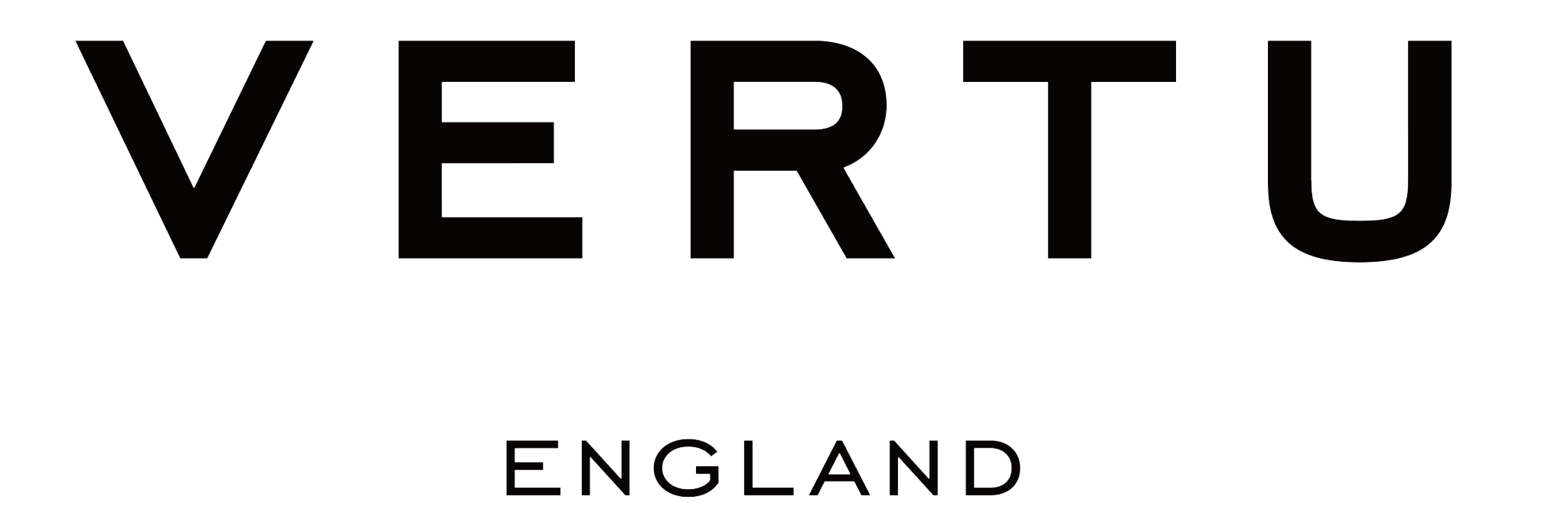In the past, corporate governance allowed people to contribute only with proper permission, usually through employment. However, some crypto-native projects born in Web3 have started to attract attention to decentralized governance, allowing anyone to contribute without permission, which will produce more lasting and valuable results than those projects built solely for rapid response.
However, not all projects require decentralization. So, how should we choose the appropriate level of decentralization and make trade-offs in terms of execution complexity?
Startups are often obsessed with how to achieve a fit between products and markets as well as business models, but they rarely discuss the relationship between business and corporate governance. Web3 has reignited people’s attention to this previously neglected concept, that is, some governance models may only be more suitable for specific projects.

For non-crypto native projects, choosing the right governance model is relatively simple, and the trade-offs that need to be made are generally well-known.
Even non-experts can answer whether a project will benefit from public or private governance, as well as whether it is for-profit or non-profit. However, for crypto native projects, decision-making is more complex because they must consider a new core: decentralization.
Decentralized governance allows anyone to contribute without the permission of a central authority.

“As with corporate governance in the past, decentralized governance also has different trade-offs. However, contrary to popular belief, although it is a tool that can benefit some Web3 projects, founders should still weigh whether their projects can truly benefit from decentralized governance.”

Historically, governance decisions have been based on two considerations: profitability and non-profitability, public governance and private governance.
- Publicly profitable companies like Apple have a dispersed shareholder base that can elect a board of directors to manage it;
- Privately profitable companies like Fidelity have a more concentrated shareholder base and have traditionally been family businesses;
- Public non-profit entities such as public universities and hospitals are managed by a board of directors, more than 50% of whom must be unrelated to the organization. In addition, profits cannot be distributed outside the organization.
- Private non-profit entities like the Gates Foundation usually have a limited number of donors and do not require external board directors.
The most significant feature of these past governance models is that people can only contribute with the appropriate permission, usually through employment.
Apart from open-source projects (which are not usually operated as formal organizations), it is not possible for someone to simply contribute to a project. If you want to contribute to Apple, Fidelity, a university, or the Gates Foundation (also known as work), you must first make a serious effort to become an employee and earn trust.
Traditional Governance Model
In 2018, MakerDAO decided to hold its first public MKR vote, marking the beginning of its experiment with decentralized governance.
Since then, some of the most famous projects in Web3 have also adopted decentralized governance, including Uniswap ($7.4 billion), Compound ($521 million), Aave ($1.4 billion), Curve ($4.1 billion), and dYdX ($2 billion). These five projects alone account for over $15 billion in fully diluted market capitalization (as of July 25, 2022), and more valuable decentralized projects are expected to emerge.

Selecting the right governance model is a crucial decision for founders because an appropriate governance model can serve as a strategic advantage, conveying two key signals about the organization:
1) Commitment
When a business chooses a governance model, it communicates the organization’s values and mission.
Consider the difference between Facebook Messenger and Signal. Signal’s status as a non-profit organization reinforces its value proposition as a user-first, privacy-focused service, as it is clear that it has no ulterior motives. For this reason, many users trust and are loyal to Signal. Even with the same functionality and strong network effects, one dimension in which Facebook Messenger cannot compete with Signal is its mission.

2) Decision-Making
Each governance model has its own decision-making framework, which determines who makes decisions at each level.
For example, public organizations are ultimately accountable to a board of directors that represents a broader shareholder base, while private organizations are accountable to their major shareholders. Decisions made at board meetings are often high-level, while strategic and tactical decisions that align with the high-level direction set by the board are left to the employees.
Decentralization is a unique governance mechanism because it can invite anyone to contribute without permission.
So, why would an organization want to “hire more mediocre chefs in the kitchen”? Using the same framework as mentioned above, decentralized governance also conveys the following two key messages:
1) Commitment
It shows a desire to align with the user community of the organization to the greatest extent possible.
Advantages of an Appropriate Governance Model
In the past governance structure, users could contribute to the project at most by providing product feedback through designated channels or voting on specific shareholder resolutions without becoming employees. Decentralized governance, on the other hand, invites anyone to contribute, and these projects work together to directly involve their communities in their development content and methods.
2) Decision-making
Decentralized governance transfers decision-making and execution rights to the community at all levels.
The community decides which changes to implement by voting on proposals, and it can also propose suggestions and implement improvements, including detailed product improvement steps, which would otherwise only be in the hands of employees.

In addition, the situation of decentralized governance is similar to that of public permissionless databases (such as blockchains). Although the latter is slower and more expensive to respond than centralized governance, there is one aspect in which permissionless participation is a unique way, releasing a brand new value proposition that was not possible before.
On the other hand, decentralized governance has also been criticized, more participants mean a less efficient organization. This criticism is undoubtedly correct. An organization of 5 decision-makers has 10 possible communication channels, while an organization of 100 decision-makers (an increase of 20 times) may have 4,950 (an increase of 495 times) communication channels. Keeping in line with more people will increase the burden exponentially.
This is also why, in politics, dictatorships make decisions faster than democracies, and in business, private companies are often more flexible than public companies.
One way to prove the rationality of decentralized governance is to answer the following question: Should organizations optimized for diverse perspectives compete with organizations optimized for rapid decision-making?
For those fortunate enough to live in democratic countries, this analogy should resonate. Sometimes, the core to be optimized is not speed or cost, but extensive representation, which can produce more enduring and valuable results than projects built solely for rapid response.
The Significance of Decentralization
Just as not every for-profit organization is eager to go public, not all Web3 projects need to be fully decentralized.
Organizations that represent the strategic advantages of decentralized governance mechanisms are often Web3 protocols. Protocols are trusted neutral projects, designed to address the same needs of users for as long as possible, and have the following three prominent characteristics:
1) Reliability
When a product wants to use a protocol, the most important consideration is reliability.
Can the protocol reliably serve my purpose for a long time? Will I have any say in potential changes? For a protocol, choosing decentralized governance indicates that it intends to be as consistent as possible with those who wish to build products on top of it, and provides a direct way for these builders to have a say in the protocol’s development.

2) Product Fundamentals are Simple
The protocol is designed to be the most basic infrastructure that other products can leverage.
As a result, they often have a simple product foundation. This is desirable for decentralized governance, as additional features added on top of a foundational product would make decision-making more complex.
3) Standardization
The success of a protocol lies in becoming a standard with network effects.
Every incremental product based on the protocol increases its value to the next product, and decentralized governance often helps the protocol become a standard by providing products within the protocol to persuade other projects to join.

However, decentralization is not a binary choice, but rather a sliding scale. Therefore, protocols should choose the appropriate level of decentralization strategically for them, which will make a clear trade-off in terms of execution complexity, and this can be achieved through the decision-making level of community decisions and predefined (sometimes elected) teams.
But for some non-protocol Web3 projects, they may find that decentralized governance is not helpful. As a non-protocol project, the goal is growth, achieved by providing additional product features for more users and different use cases. As a result, the product will become more and more complex, leading to the eventual inability to effectively manage a large number of decision-makers.

Selecting the right governance mechanism is a strategic advantage for any organization, and decentralized governance is no exception. Currently, protocols represent the best type of projects to leverage the advantages of decentralized governance.
Imagine a world where modular, Lego-like decentralized protocols are built on top of each other, coexisting with monolithic applications. Creating such a world may be fraught with challenges, but it is also an exciting experiment to participate in, with communities building solutions for each other and maximizing benefits for users.
The content provided in this article is reprinted from Lixun and does not represent any opinions of our company, nor does it constitute any investment advice. Please view it with caution.











